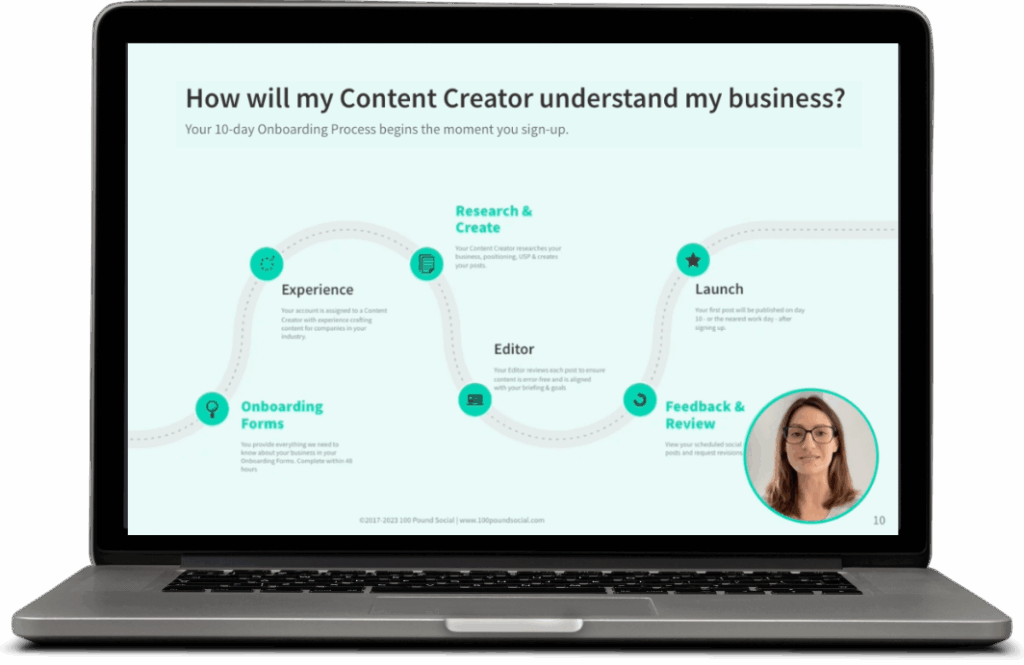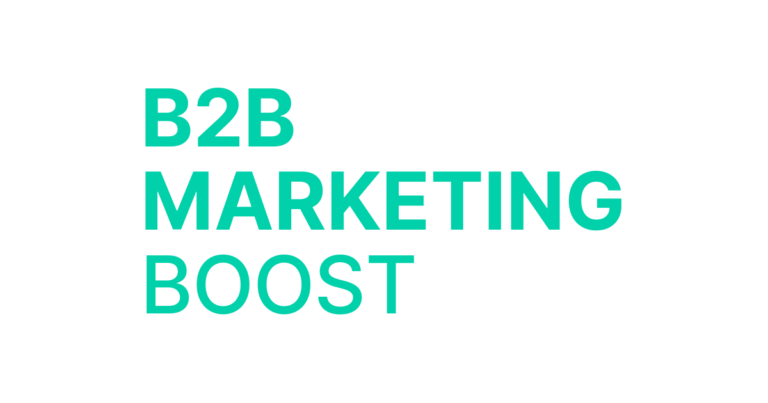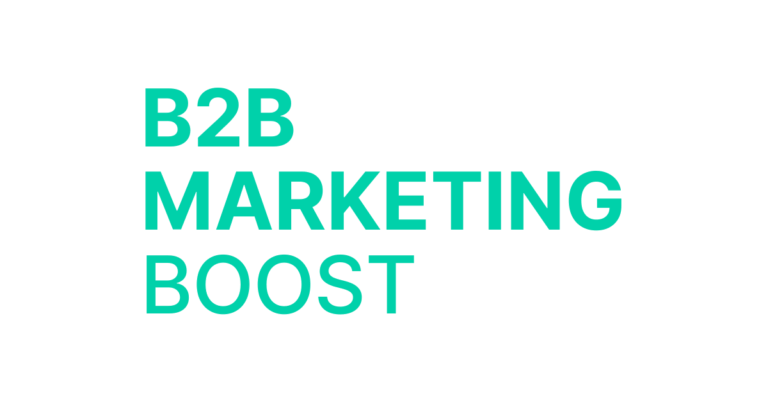Social selling has become the backbone of modern B2B business development, and LinkedIn stands out as the premier platform for this approach in 2026.
Unlike traditional cold-selling methods that interrupt prospects with unsolicited pitches, social selling LinkedIn strategies focus on building authentic relationships and providing value before making any business proposals.
The shift toward social selling reflects a fundamental change in how business owners make purchasing decisions.
Today’s B2B business owners conduct extensive research before engaging with potential service providers, and they expect consultants and vendors to understand their business challenges and provide thoughtful solutions.
This evolution has made LinkedIn an indispensable tool for business owners who want to connect with potential clients and strategic partners in a meaningful way.
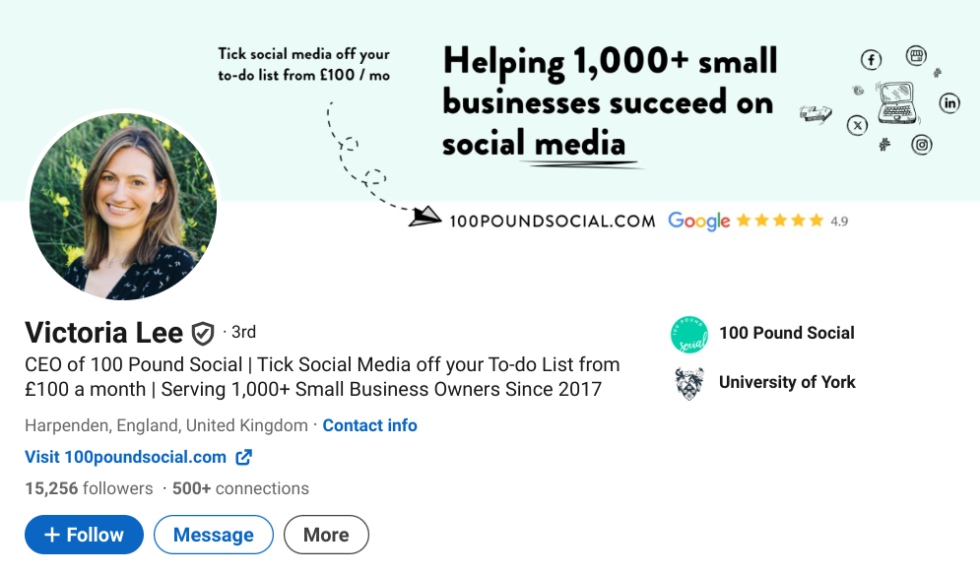
Updated Social Selling LinkedIn Stats
The numbers behind LinkedIn’s effectiveness for B2B sales tell a compelling story.
In early 2025, the UK LinkedIn user base reached 44.6 million people, representing 64.4% of the population. This massive reach becomes even more significant when you consider that the 25-34 age group dominates the platform—a demographic that holds many key decision-making roles in modern businesses.
LinkedIn’s impact on B2B lead generation continues to outpace other social platforms dramatically. The platform accounts for 80% of all B2B social media leads, with 40% of B2B marketers rating it as the most effective channel for generating high-quality prospects. This effectiveness translates into real business outcomes, as LinkedIn leads convert at nearly three times the rate of leads from Facebook and X.
The financial impact of social selling speaks volumes about its effectiveness for business growth.
Business owners who actively engage in social selling are 78% more successful than their peers who don’t.
LinkedIn’s Lead Gen Forms achieve an average conversion rate of 13%, which is five times higher than the industry average for traditional landing pages.
Download 10 LinkedIn Post Ideas to Warm Up Cold Leads →
Research Tips Before Reaching Out
Effective social selling on LinkedIn begins long before you send that first connection request. The research phase determines whether your outreach will resonate with potential clients or get ignored like countless other generic messages they receive daily.
The Foundation: LinkedIn Sales Navigator Intelligence
Professional prospecting starts with LinkedIn Sales Navigator, which provides the advanced search capabilities essential for targeting your ideal clients effectively.
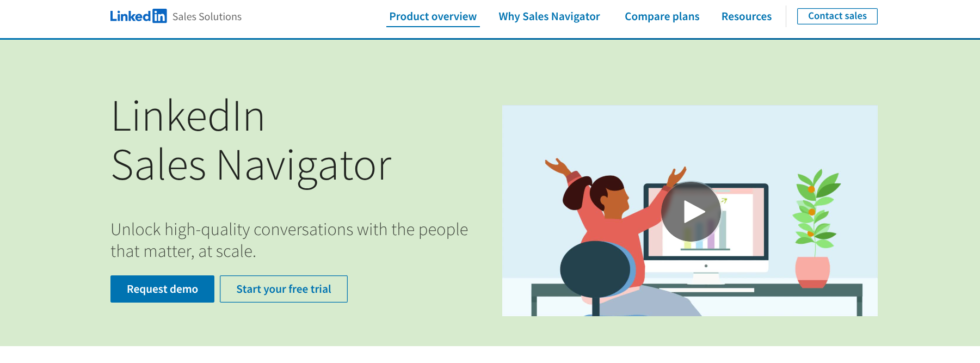
At 100 Pound Social, we use Sales Navigator’s powerful filters to build highly targeted prospect lists based on:
- Industry classifications: targeting specific sectors where your services provide maximum value
- Job titles and seniority levels: focusing on decision-makers and influencers within target organisations
- Company size parameters: ensuring prospects match your ideal client profile
- Geographic targeting: concentrating on locations where you can effectively deliver services
- Recent activity indicators: identifying prospects showing signs of business growth or change
This systematic approach, refined through our 8+ years of B2B campaign data, ensures every prospect targeted meets specific criteria that indicate strong potential for meaningful business conversations.
Deep Prospect Intelligence Gathering
Start by thoroughly examining your potential client’s LinkedIn profile, but look beyond their job title and company name. Pay attention to their recent posts, articles they’ve shared, and comments they’ve made on industry discussions.
This activity reveals their current priorities, challenges, and interests. If they’ve recently shared content about digital transformation challenges, for example, that becomes a natural conversation starter if your services address those pain points.
How to Sell on LinkedIn (Without Being Salesy)
The key to successful LinkedIn social selling lies in building relationships rather than pushing services.
This approach requires patience and a genuine commitment to helping potential clients solve problems, but it consistently delivers better results than aggressive business development tactics.
Your connection requests set the tone for the entire relationship. Instead of sending LinkedIn’s default message, craft personalised requests that reference something specific about the potential client or their business. Mention a recent post they shared, a mutual connection, or an industry challenge you’ve noticed they’re discussing.
These personalised touches show you’ve invested time in understanding their situation.
After connections accept your request, resist the urge to immediately pitch your services. Instead, focus on providing value through relevant insights, helpful resources, or industry perspectives.
Share articles that address challenges you know they’re facing, or offer to connect them with someone in your network who might be helpful. This approach positions you as a valuable resource rather than just another consultant seeking their business.
Content sharing and engagement play crucial roles in building credibility. Regularly share insights about industry trends, comment thoughtfully on potential clients’ posts, and engage in group discussions where your target audience participates. This consistent presence keeps you visible while demonstrating your expertise and thought leadership.
When you do send direct messages, keep them conversational and focused on the potential client’s needs.
Ask thoughtful questions about their business challenges or share relevant case studies without immediately connecting them to your services. Voice messages can add a personal touch, but use them sparingly and ensure they provide clear value to the recipient.
Let Us Take Care of Your LinkedIn Lead Gen, From £254/mo →
Best Practices for B2B Success
Successful social selling LinkedIn campaigns require a strategic approach that prioritises relationship building over immediate client conversions.
This long-term perspective often feels counterintuitive to business owners accustomed to traditional networking cycles, but it consistently produces better results on social platforms.
Focus on Conversations, Not Conversions
The fundamental shift from traditional selling to social selling lies in prioritising meaningful dialogue over transaction-focused interactions.
When potential clients feel like you genuinely care about solving their problems rather than hitting your business targets, they’re more likely to engage openly and consider your services when the timing is right.
Start every interaction by asking yourself: “How can I help this person?” rather than “How can this person help my business?”
This mindset shift transforms your outreach from self-serving to genuinely helpful. Share industry insights without expecting anything in return. Celebrate their business wins publicly through comments and congratulatory messages. Offer introductions to other professionals who might benefit their business, even if there’s no direct benefit to you.
Map your conversations to different stages of the client journey.
Someone just beginning to research services needs different information than someone ready to evaluate consultants. For awareness-stage prospects, share educational content about industry trends and common challenges without mentioning your services.
Help them understand their problems better through thoughtful questions and relevant resources.
For consideration-stage contacts, provide case studies, comparison guides, and detailed explanations of different approaches to solving their challenges. Focus on education rather than persuasion. For decision-stage prospects, offer specific examples of how you’ve helped similar businesses, share testimonials from comparable clients, and present clear next steps for engagement.
Create conversation starters that focus on their business rather than yours. Comment on their recent posts with thoughtful insights. Ask open-ended questions about challenges they’ve mentioned.
Share relevant articles with a personal note explaining why you thought it might interest them. These interactions build rapport and demonstrate your expertise without feeling like sales pitches.
Build Trust Before Offering a Solution
Trust forms the foundation of all successful B2B relationships and, on LinkedIn, trust must be earned through consistent value delivery before any business discussions begin. This approach requires patience but creates stronger, longer-lasting client relationships.
Demonstrate your expertise through helpful content sharing and thoughtful engagement.
When you see a connection struggling with a challenge you understand, offer insights or resources that could help, without immediately connecting it to your services. This positions you as a knowledgeable advisor rather than just another service provider seeking their business.
Transparency builds credibility in professional relationships. Share both successes and lessons learned from challenging projects (while respecting client confidentiality). Admit when you don’t know something and offer to research or connect them with someone who does. This honesty differentiates you from competitors who oversell their capabilities.
Social proof accelerates trust building on LinkedIn. Share client testimonials, case study results, and industry recognition in your content. Engage authentically with other professionals’ posts, demonstrating your involvement in your industry community.
Join relevant group discussions where your expertise adds value to conversations.
Consistency in your messaging and values builds trust over time. Maintain a professional tone across all interactions while letting your personality show through. Share your business philosophy and approach to client relationships.
When potential clients see consistent values and expertise demonstrated over weeks or months, they develop confidence in your ability to deliver results.
Respect their time and decision-making process. Not every interaction needs to advance toward a business relationship. Sometimes, the most trust-building action is stepping back and letting them proceed at their own pace. This patience often results in stronger connections when they are ready to engage professionally.
Consistency Matters More Than Volume
Regular, thoughtful engagement over time builds stronger relationships than sporadic bursts of intense activity. Develop a sustainable routine for prospecting, engaging with content, and maintaining relationships with existing connections.
Allocate specific time blocks for LinkedIn activities rather than checking sporadically throughout the day.
Spend 15 minutes each morning checking notifications and responding to comments on your content. Dedicate 20 minutes three times per week to engaging with prospects’ posts—like thoughtfully, comment with genuine insights, and share their content when it adds value to your network.
Reserve one hour weekly for sending personalised connection requests and following up with recent connections. This structured approach prevents LinkedIn from consuming your entire day while ensuring a consistent presence in your network’s feeds.
Create content themes for different days of the week to maintain regular posting without overwhelming your content creation process.
Monday might feature industry trend analysis, Wednesday could showcase client success stories (with permission), and Friday might offer practical tips related to your expertise. This framework makes content creation more manageable while ensuring variety that appeals to different audience segments.
Develop a sustainable engagement strategy that you can maintain long-term. It’s better to engage meaningfully with five prospects per week consistently than to reach out to fifty prospects one week and then disappear for a month.
Your network begins to expect regular interaction, and consistency builds the familiarity that leads to trust and eventual business relationships.
Track your activities to maintain accountability and measure progress. Create a simple system to monitor weekly metrics, like new connections made, content engagement rates, meaningful conversations started, and business opportunities generated. Review these numbers monthly to identify what’s working and adjust your approach accordingly.
Quality trumps quantity in every aspect of LinkedIn social selling. Five personalised connection requests that reference specific details about the prospect’s business will outperform fifty generic requests. Three thoughtful comments that add genuine value to discussions generate more meaningful relationships than dozens of superficial likes.
Keep Outreach GDPR-Compliant and Respectful
For UK and European business owners, GDPR compliance isn’t just good practice—it’s legally required and essential for building trust with potential clients.
Understanding and respecting data protection regulations demonstrates professionalism while protecting your business from potential legal issues.
Always obtain clear consent before adding LinkedIn connections to email lists or external marketing systems. LinkedIn connections haven’t necessarily consented to receive marketing emails, so you must explicitly request permission before including them in other marketing activities. Use clear language explaining what you’re asking for and respect their decision if they decline.
Respect privacy preferences and unsubscribe requests immediately. If someone asks to be removed from your communications, honour that request promptly and completely. Store contact information securely and only use it for the purposes originally stated when you made the connection.
Professional boundaries extend beyond legal compliance to general respect for others’ time and preferences.
Not everyone will be interested in developing a business relationship, and that’s perfectly acceptable. Some connections provide valuable industry insights, others offer referral opportunities, and many simply expand your professional network for future possibilities.
Avoid over-messaging connections, especially new ones. Space your communications appropriately—typically no more than one direct message per week, unless you’re engaged in an active conversation. Pay attention to response patterns; if someone consistently doesn’t respond to your messages, respect that signal and reduce your outreach frequency.
Be transparent about your intentions while remaining professional. When reaching out to potential clients, be clear about your business focus while emphasising your genuine interest in helping them succeed. Avoid deceptive practices like pretending to offer something free when you’re actually promoting paid services.
Document your consent practices and communication preferences. Keep records of when and how you obtained permission to contact people, and maintain clear records of any opt-out requests. This documentation protects your business and demonstrates your commitment to ethical marketing practices.
Respect cultural and professional norms within different industries and regions. What’s acceptable in one business sector might be too aggressive in another. Research the communication styles and expectations within your target market and adapt your approach accordingly while maintaining your authentic professional personality.
The Reality of DIY LinkedIn Social Selling
Effective social selling demands significant time investment that many business owners underestimate.
A comprehensive DIY approach typically requires:
- Daily Engagement: 30-45 minutes each day for content interaction, responding to comments, and relationship maintenance
- Weekly Prospecting: 3-4 hours researching prospects, crafting personalised connection requests, and managing follow-up sequences
- Content Creation: 2-3 hours weekly, developing and publishing thought leadership content that supports your social selling efforts
- Strategy Optimisation: Monthly review and refinement of your approach based on performance data
Total Weekly Commitment: 8-12 hours minimum
This time investment assumes you already understand effective social selling strategies and can execute them efficiently. For most business owners learning these skills, the initial time requirement often doubles during the first 3-6 months.
When DIY Makes Sense:
- You have dedicated bandwidth for 8-12 hours of LinkedIn activity weekly
- Your business allows for a 3-6 month learning curve without impacting revenue
- You enjoy networking and relationship-building activities
- Your target market is highly specialised and requires deep personal expertise in every interaction
- You have a small, highly targeted prospect list (under 100 potential clients total)
The Done-for-You Alternative
Professional LinkedIn lead generation services, like the one we offer here at 100 Pound Social, address the primary challenges of DIY social selling while maintaining the relationship-focused approach that drives results.
The concern many business owners express about outsourcing LinkedIn activities centres on authenticity.
However, professional services maintain genuine relationship-building through your personal involvement in the strategy.
This might mean:
- Message sequences crafted specifically for your business voice and value proposition
- Approval process for all messaging before campaigns launch
- Direct prospect engagement occurs through your LinkedIn profile, maintaining personal connections
- You handle all actual conversations and sales calls with interested prospects
Key Takeaways
Social selling on LinkedIn represents a fundamental shift from interruption-based selling to relationship-focused engagement. Success comes from treating LinkedIn as a platform for building professional relationships rather than a channel for broadcasting service messages.
Research forms the foundation of effective LinkedIn social selling. Understanding your potential clients’ business challenges, recent activity, and current priorities allows you to craft relevant, valuable outreach that stands out from generic business pitches.
Timing and relevance significantly influence your success in building connections. Watch for buying signals, company announcements, and other indicators that suggest potential clients might be open to conversations about services.
Think of LinkedIn as a long-term relationship platform rather than a source of immediate clients. The most successful business owners invest time in building their network and reputation, understanding that today’s connection might become tomorrow’s client or referral source.
Next Steps
Developing an effective LinkedIn social selling strategy while managing your daily business responsibilities can feel overwhelming. That’s where 100 Pound Social comes in.
Our UK-based team specialises in helping B2B businesses build powerful LinkedIn presences that generate quality leads and meaningful connections. We understand that successful social selling requires consistent, professional content that positions you as a trusted industry expert— something that’s challenging to maintain when you’re focused on running your business.
Our £100 Posts Plan and LinkedIn Lead Generation service combines strategic content creation with targeted lead generation to maximise your social selling results. We create three high-quality LinkedIn posts per week that showcase your expertise, engage your target audience, and support your social selling efforts while actively helping you connect with qualified prospects in your industry.
Our content is designed to attract the right prospects while building the credibility and thought leadership that make social selling conversations more effective—all starting from just £100 per month. The LinkedIn Lead Generation service goes beyond content creation to include prospect research, connection strategies, and relationship-building support.
Since 2017, we’ve helped over 1,000 businesses across various B2B industries transform their LinkedIn presence and social selling results. Our clients consistently report increased engagement, more meaningful connections, and improved lead generation from their LinkedIn activities.
Ready to take your LinkedIn social selling to the next level? Join our 11-minute demo to discover how our LinkedIn Lead Generation service can help you build relationships, generate leads, and grow your business through strategic LinkedIn content and targeted prospecting.
Book a call today and let us help you turn LinkedIn into your most powerful lead generation tool.


